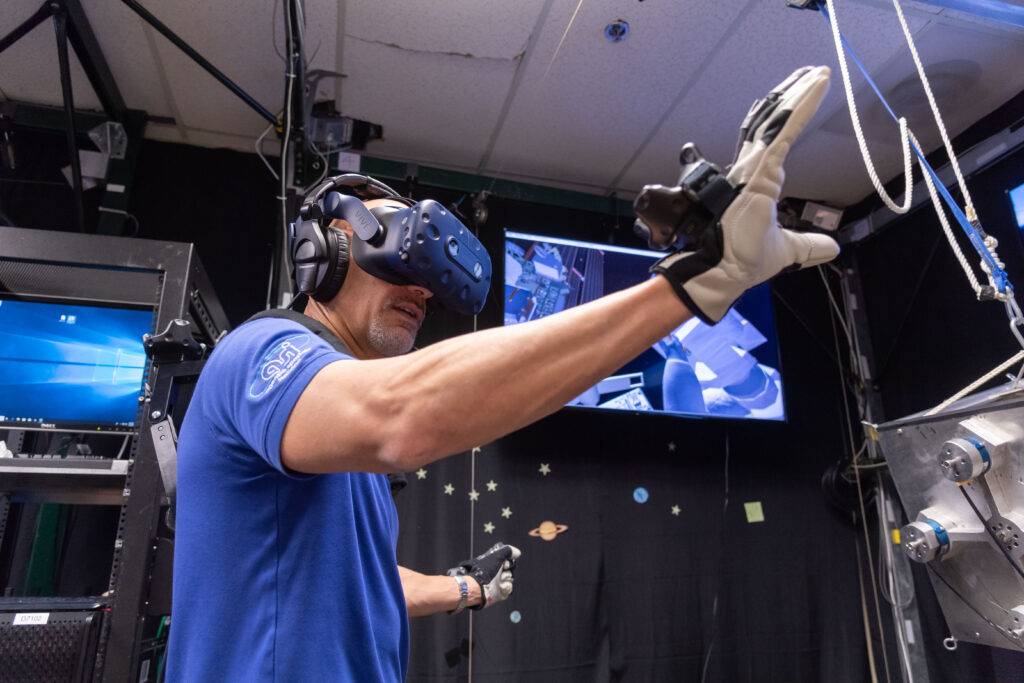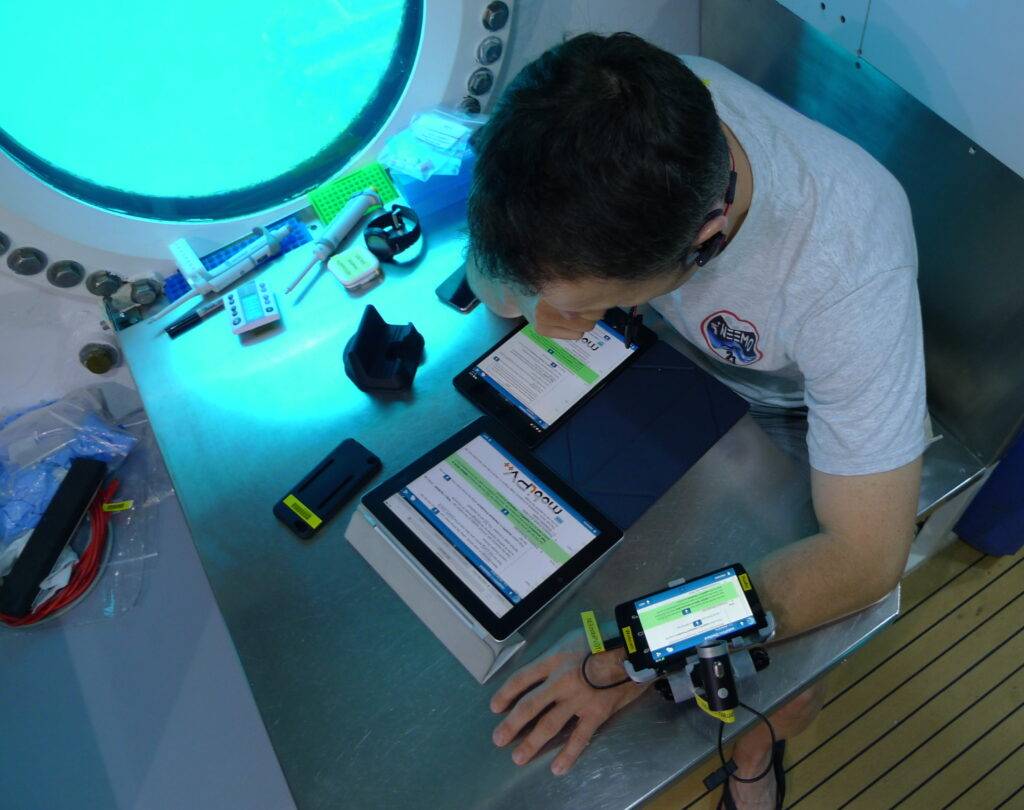Lines of Business:
Roles:
Recent News
June 25, 2025
No posts found
The MobiPV augmented reality project (AR) was conceived to identify the critical areas where AR technology can add value.
Today, ESA’s astronauts use it to prepare them for life on the International Space Station. They are practising spacewalks, operating payloads in zero-gravity – all while never leaving the ground.
AR actively works by superimposing digital information directly on real objects, settings and maps. This allows users to process the digital and physical simultaneously, improving their ability to absorb it, make decisions and act more quickly.
The objective of the activity is to complement the current flight operator interface with a wireless media helmet. The media helmet shall be the commercial item Microsoft HoloLens. The software will implement a Natural User Interface (NUI), a conventional graphical user interface (GUI) on the HoloLens display surface, complemented with speech input/output and gesture recognition for user interface commanding.
For more information see: ESA


Skytek is developing the second generation of mobiPV project with the European Space Agency (ESA). The MobiPV project brings IPV to a smartphone to allow greater mobility & flexibility for the astronauts.
Extra features, such as two-way video communication and real-time collaboration, are also available.
mobiPV technology offers wireless operation, voice navigation and real-time video streaming of crew work activities and procedures. The system is designed to optimise crew efficiency onboard the ISS.
For information see: NASA